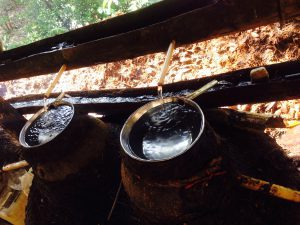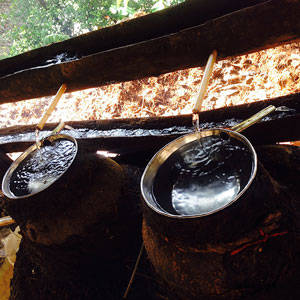Much has been said about Mezcal containing methanol, but do we really know what methanol is and how toxic it can be? You have probably wondered whether the mezcal you’re drinking contains methanol. I will try to answer these questions in the simplest way possible.
What is methanol?
Methanol is an alcohol very similar to ethanol, yet methanol is far more toxic, as it is not easily eliminated by our body. Depending on the amount ingested, methanol can cause drunkenness, blindness, or even death.
Interestingly, mild cases of methanol intoxication are usually treated by administering pure ethanol. This treatment facilitates the body’s elimination of methanol as ethyl alcohol and methyl alcohol compete for an enzyme called alcohol dehydrogenase. However, dialysis is the best treatment for severe cases.
What is ethanol?
Ethanol is responsible for the happy, tingling feeling when we drink alcohol. Ethanol is a volatile, colorless liquid present in several fermented beverages with concentrations of 5% to 20%, as in the case of beer and wine. In distilled beverages, it increases up to 40% as in tequila, whiskey, vodka, rum, or gin.
What happens when we consume ethanol and methanol?
The body can only metabolize 10 to 15 ml of ethanol per hour; higher concentrations are considered lethal. A blood alcohol level between 0.02 and 0.06% is considered low, while 0.50% ( equivalent to 5g of alcohol per liter of blood) is considered lethal. The liver is responsible for breaking down and eliminating alcohol, processing eight grams an hour. That’s half a glass of wine or half a bottle of pilsner beer.
Methanol is the simplest of all alcohols. When metabolized, it may cause blindness, irreversibly destroying the optic nerve. A dose higher than 30 ml may cause death.
Why do alcoholic beverages contain methanol?
During the fermentation process of converting sugary juices to alcohol, ethanol, variable amounts of methanol, and other volatile compounds are produced.
Ancestral distillation of mezcal in clay pot | Picture GMS

Ancestral distillation of mezcal in clay pot | Picture GMS
The case of Mezcal
Methanol is produced due to the demethylation by pectines (polysaccharides) present in agave, and by the effect of high temperatures and acidic pH. At the beginning of fermentation, over 50% of the methanol is exclusively present in the wort ( mashed agave heart), which demonstrates that a fraction of methanol is produced during the cooking process. (Téllez, 1998) The rest is formed during fermentation due to the action of microorganisms with pectinolytic activity, which hydrolyzes pectines and produces methanol. (Cedeño, 1995) However, an efficient distillation process removes the majority of methanol , so it is no longer toxic.
In distilled alcoholic beverages such as mezcal the ethanol content increases, while other alcohols, such as methanol, decrease. According to the Official Mexican Norm NOM-070-SCFI-2016 (Alcoholic Beverages-Mezcal-Specifications), the permissible limit of methanol is 300 mg per 100ml of alcohol.
Is it dangerous to drink uncertified mezcal?
Mezcal has been produced for centuries, and has not been fully documented because of the vast variety of production methods that exist; every mezcal master has a unique signature style. Producers are usually not familiar with the guidelines of the official mexican norm. However, mezcal masters have techniques which produce high proof alcohol (48% to 55% or 96-110 proof) that does not exceed the permitted methanol limit. Out of the dozens of ancestrally produced mezcals that have been analyzed, only three have presented concentrations of 10 points above the permitted levels, which still does not exceed the limits of harmful toxicity. In the case of artisanal mezcal, the average methanol content is 150mg per 100 ml ( 3.38 fl.oz) of alcohol.
It is our responsibility as consumers to be familiar with the mezcal we drink. It is worth looking into the producer, their process, and place of origin. Legal parameters guarantee a 100% safe product, so look for a bottle that has a sticker issued by the “SAT” (Mexican Internal Revenue Service) and a hologram from the CRM (National Chamber of Mezcal.) 561 brands have been certified by the CRM. However, although there are at least 750 mezcal producers that lack the economic resources to obtain certification in Oaxaca, uncertified mezcals are not adulterated, as it is commonly believed. Visiting factories, buying mezcal directly from producers, and supporting projects that foster collaboration with them, will make us mindful consumers.





Tienes queiniciar sesión para publicar un comentario.